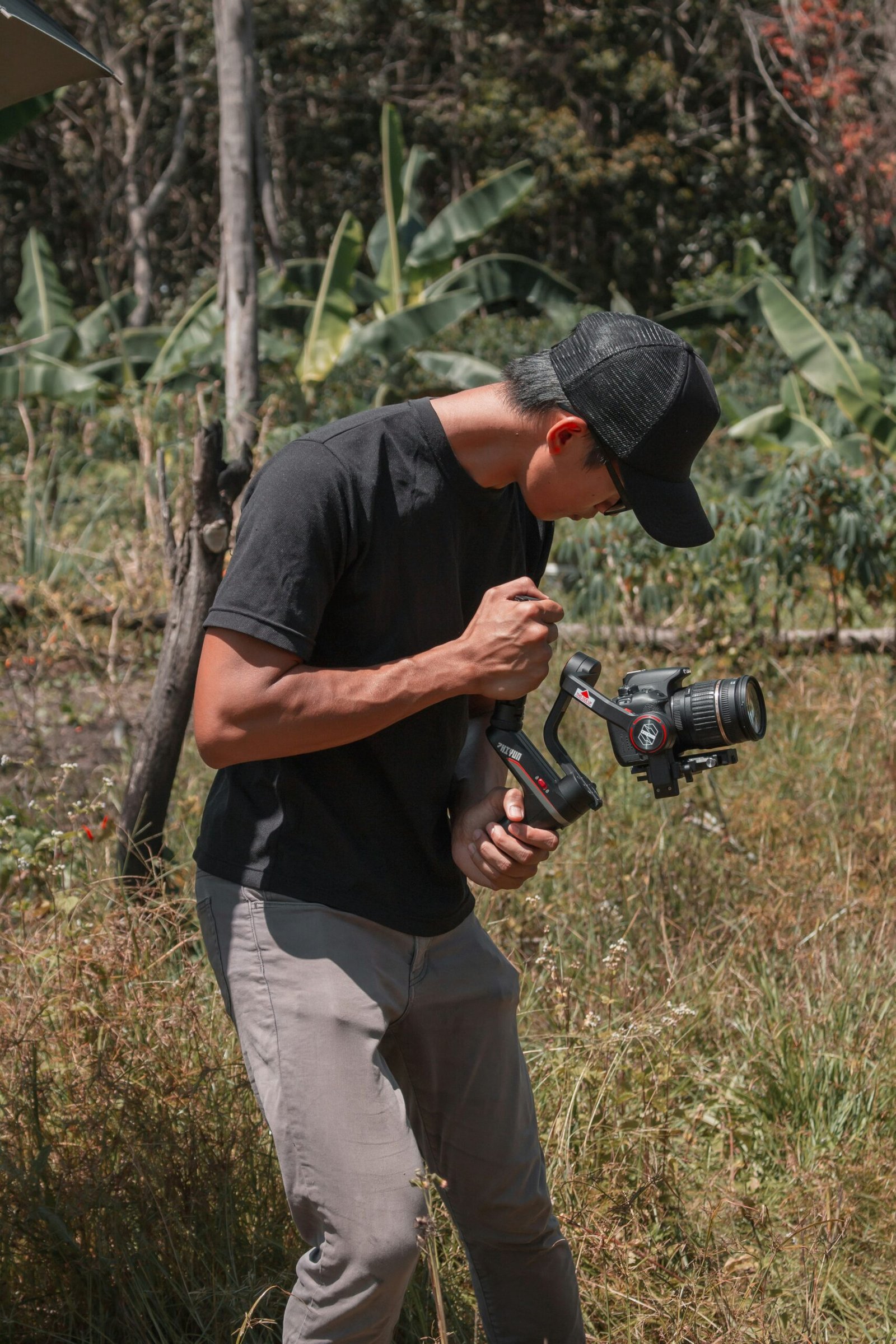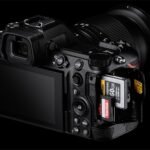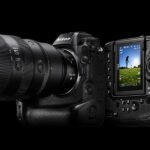Best Way to Determining Correct ISO
How to use the correct camera ISO
A camera’s ISO setting determines how sensitive its image sensor is to light. It can be used in low-light conditions when normal exposure times would make the picture too dark, or in bright light when you want to keep noise low. In this article, we’ll cover everything from what ISO is and why you might want to use it, to how to adjust your camera’s settings so that you can take better pictures all around.
What is ISO?
The ISO setting on your camera is a digital function, not a film speed. The actual sensitivity of the sensor doesn’t change when you change the ISO; instead, it changes how much amplification or gain is applied to the signal coming from each pixel.
If you set your camera’s ISO to 200 and take one photo of a scene that requires f/8 at 1/60 sec., then set it to 800 and take another photo of the same scene with identical settings, both photos will look exactly alike.

Why use ISO?
The ISO is a setting on your camera that controls the sensor’s sensitivity to light. A high ISO means more light sensitivity, while a low ISO means less light sensitivity.
The higher the ISO number (more sensitive), the more noise you will see in your photo. This is especially true when shooting in low-light conditions or when using fast shutter speeds with shorter focal lengths like 50mm or wider.
How to use ISO?
- Set your camera to the lowest ISO setting possible. If you have a DSLR, this is probably 100; if you have an APS-C mirrorless camera, it will be 200 or below.
- Use a tripod and remote shutter release for best results with any cameras (DSLRs and mirrorless alike). With the tripod mounted to your camera body, set the shutter speed to 1/160th of a second or higher and use that as your starting point. Note that this is not always necessary though — see below for more information on when it might be appropriate not to use these settings with higher ISOs!
- If you are using a mirrorless camera rather than a DSLR: Your minimum shutter speed may vary depending on whether or not we’re talking about flash photography versus daylight photography! Flash photography requires much faster exposures than daylight does (due to its brightness) so often times even at high ISOs such as 6400 I would recommend keeping some kind of stabilization enabled like OIS (optical image stabilization).
When to use ISO?
ISO is a setting on your camera that allows you to control how sensitive the image sensor is to light. The higher the ISO number, the more sensitive it is, allowing you to use faster shutter speeds or lower aperture values when shooting in low-light conditions or freezing action.
Adjust Camera ISO settings to capture better images.
When you first start using your camera, it’s very important to understand exactly what ISO is and how it works. On the surface, ISO is a measurement of how sensitive your camera sensor is to light. This means that if you set your camera to a low ISO setting like 100 or 200, then it will take longer for your image to be captured because there isn’t much light hitting the sensor at all. Conversely, if you set your camera’s ISO higher (500 or 800), then more light hits the sensor which allows for faster shutter speeds and better image quality in low-light environments.
When capturing photos at night or in dimly lit areas, increasing the sensitivity of your digital SLR’s sensor will allow you to get crisp images without having to use flash every single time! If you’re shooting outdoors during sunrise or sunset on a warm summer day then try setting an aperture value between f/11–f/22 so that only natural light enters through your lens; this way no additional lighting equipment will be necessary! Remember: never use flash when taking pictures indoors unless absolutely necessary (like when trying out some new techniques).
Conclusion
Do you still have any questions about ISO? Feel free to ask in the comments below!
Resource: Creative Entrepreneurship




